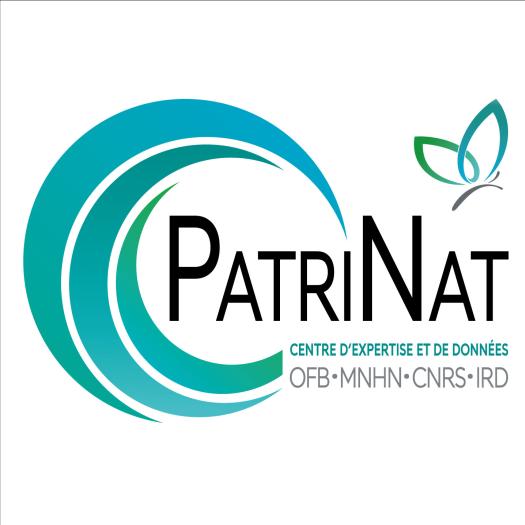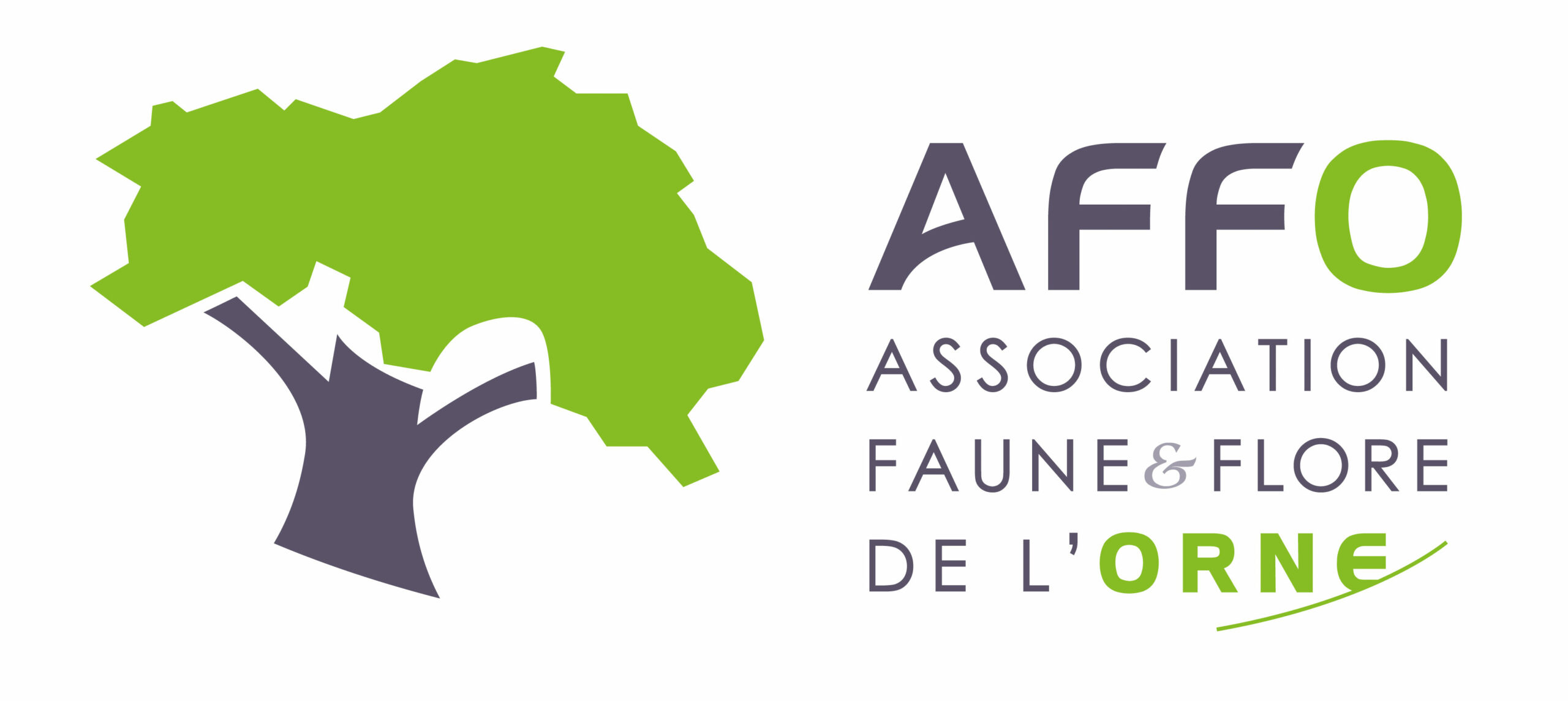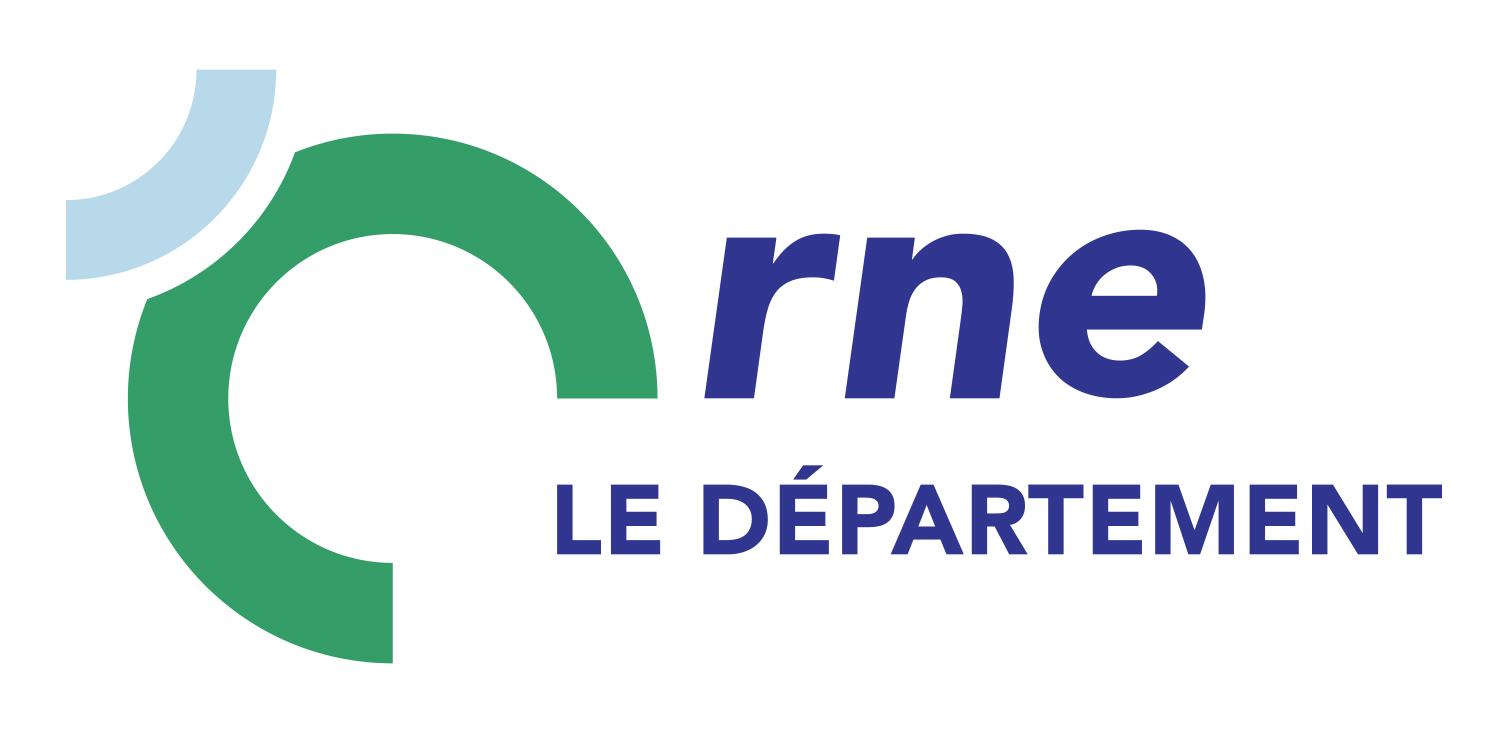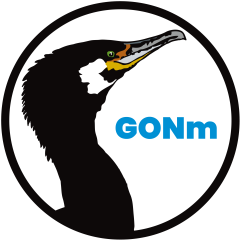Où cette espèce a-t-elle été observée ?
 Attention : cette espèce peut être présente où il n’y a pas de maille, mais à ce jour elle n’y a pas encore été observée.
Attention : cette espèce peut être présente où il n’y a pas de maille, mais à ce jour elle n’y a pas encore été observée.
- 157 observations
-
38
communes -
18
observateurs
16
organismes -
Première observation
1960 -
Dernière observation
2024
Argenvilliers - Authon-du-Perche - Bazoches-sur-Hoëne - Beaumont-les-Autels - Belforêt-en-Perche - Bellême - Bretoncelles - Chapelle-Royale - Charencey - Cour-Maugis sur Huisne - Igé - La Loupe - La Madeleine-Bouvet - Les Aspres - L'Hôme-Chamondot - Longny les Villages - Maillebois - Montireau - Montlandon - Mortagne-au-Perche - Moutiers-au-Perche - Nogent-le-Rotrou - Perche en Nocé - Rémalard en Perche - Sablons sur Huisne - Sainte-Céronne-lès-Mortagne - Saint-Fulgent-des-Ormes - Saintigny - Saint-Langis-lès-Mortagne - Saint-Mard-de-Réno - Saint-Martin-du-Vieux-Bellême - Saint-Ouen-de-Sécherouvre - Saint-Quentin-de-Blavou - Saint-Victor-de-Buthon - Senonches - Thiron-Gardais - Tourouvre au Perche - Val-au-Perche
-
DREAL Centre-Val de Loire
Participation à 59 Observations
Part d'aide à la prospection : 37.58 %
Fiche organisme
-
France Nature Environnement Centre-Val de Loir
Participation à 50 Observations
Part d'aide à la prospection : 31.85 %
Fiche organisme
-
Ministère de la Transition écologique et de la Cohésion des territoires
Participation à 28 Observations
Part d'aide à la prospection : 17.83 %
Fiche organisme
-
Muséum national d'Histoire naturelle (MNHN)
Participation à 25 Observations
Part d'aide à la prospection : 15.92 %
Fiche organisme
-
UMS PatriNat (OFB-CNRS-MNHN)
Participation à 22 Observations
Part d'aide à la prospection : 14.01 %
Fiche organisme
-
PNR du Perche
Participation à 19 Observations
Part d'aide à la prospection : 12.10 %
Fiche organisme
-
Société d'études ornithologiques de France (SEOF)
Participation à 12 Observations
Part d'aide à la prospection : 7.64 %
Fiche organisme
-
Association Faune & Flore de l'Orne (AFFO)
Participation à 10 Observations
Part d'aide à la prospection : 6.37 %
Fiche organisme
-
Eure-et-Loir Nature
Participation à 6 Observations
Part d'aide à la prospection : 3.82 %
Fiche organisme
-
PNR et géoparc mondial UNESCO Normandie-Maine
Participation à 2 Observations
Part d'aide à la prospection : 1.27 %
Fiche organisme
-
Conservatoire d'espaces naturels du Centre-Val de Loire (CEN CVL)
Participation à 2 Observations
Part d'aide à la prospection : 1.27 %
Fiche organisme
-
Conseil départemental de l'Orne (bureau ENS)
Participation à 1 Observation
Part d'aide à la prospection : 0.64 %
Fiche organisme
-
Groupe Sarthois Ornithologique (GSO)
Participation à 1 Observation
Part d'aide à la prospection : 0.64 %
Fiche organisme
-
Mayenne Nature Environnement (MNE)
Participation à 1 Observation
Part d'aide à la prospection : 0.64 %
Fiche organisme
-
Groupe Ornithologique Normand (GONm)
Participation à 1 Observation
Part d'aide à la prospection : 0.64 %
Fiche organisme
Informations espèce
On le retrouve dans des milieux semi-ouverts, notamment à proximité des zones urbanisées.
Source : Biodiv'Écrins, Parc national des Écrins
G2 : Forêts de feuillus sempervirents
G3 : Forêts de conifères
G4 : Formations mixtes d'espèces caducifoliées et de conifères
G5 : Alignements d'arbres, petits bois anthropiques, boisements récemment abattus, stades initiaux de boisements et taillis
X10 : Bocages
X11 : Grands parcs
X23 : Grands jardins non domestiques
X24 : Jardins domestiques des villes et des centres-villes
X25 : Jardins domestiques des villages et des périphéries urbaines
Répartition actuelle en France métropolitaine
© INPN - Avertissement : les données visualisables reflètent l'état d'avancement des connaissances et/ou la disponibilité des données existantes au niveau national : elles ne peuvent en aucun cas être considérées comme exhaustives.
Répartition actuelle dans le monde
Avertissement : les données visualisables reflètent l'état d'avancement des connaissances et/ou la disponibilité des données existantes au niveau mondial : elles ne peuvent en aucun cas être considérées comme exhaustives.

















